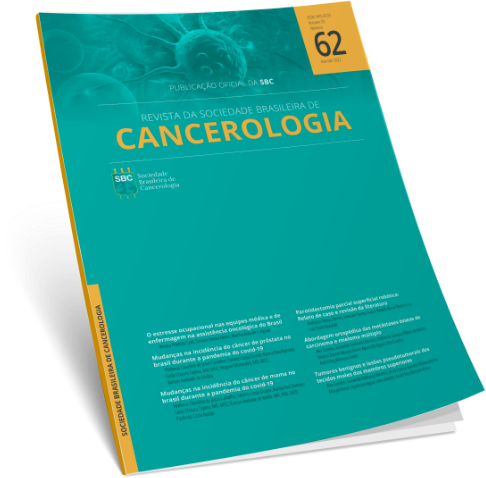Auana Almeida Coppieters Gandarela 1
Maria Eduarda Marocci Chaves 2
Sabrinna Neres Guimarães Silva 3
Ihann Almerio Diniz Antônio Guimarães Costa 4
André Ribeiro da Silva 5
ABSTRACT
Prostate cancer (CaP) is the second most common malignant tumor among men in Brazil and represents a significant factor in mortality when diagnosed late. Studies on mortality are relevant sources for understanding the epidemiological profile and measuring the importance of PCa as a public health problem. The objective was to describe the distribution and temporal trends of the mortality rate in different age groups (30 to 80 years or more) in Brazil between the years 2011 – 2020. The research has a quantitative and analytical character, through the collection of mortality data in the Mortality Information System (SIM) of the Ministry of Health (SIM/MS/DATASUS).
The mortality rate due to malignant prostate neoplasia was calculated annually, considering age range, and then arranged in simple dispersion data. According to the analyses, it was observed that the incidence of prostate cancer was 95.17% in individuals over 60 years of age, highlighting the age group of 80 years or more in which it was 44%. Furthermore, the mortality rate prevailed in white ethnic groups, with low education and married people. Among the years analyzed, the period with the peak in mortality was in 2017, representing 29.25%. Furthermore, a linear decline in PCa mortality rates was evidenced in all age groups between 2011 and 2020. However, there was a higher prevalence of deaths from the sixth decade of life onwards, with emphasis on the population over 80 years. And, it was possible to observe a lower number of deaths among individuals aged 30 to 59 years.
Keywords: Prostate cancer. Time trend. Mortality.

